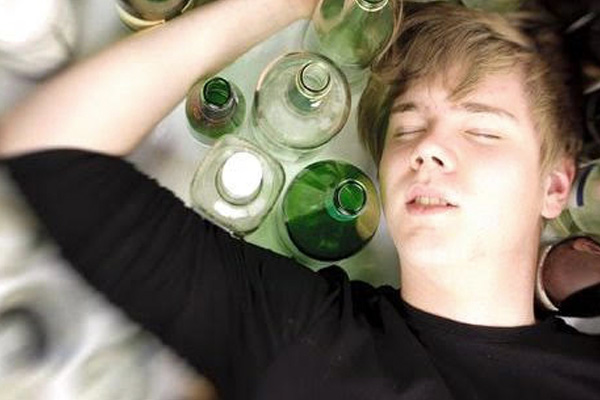Grown-ups at fault –
January 14, 2020 – In the addiction treatment field, we actually don’t abide by the old adage of people having to “hit rock bottom” before they are ready to get treatment. This is somewhat of a myth. What we are trying to emphasize in our article is that overdose is a particularly crucial time that we can draw someone into treatment because they are presenting into the medical setting, seeing doctors, and we have this opportunity to interact with them and offer them treatment. Coming into the emergency department with an overdose may be the only time this person is sitting face to face with a doctor, and we want to capitalize on this opportunity to offer the best care we can to the patient.
This does not mean they did not want treatment a month ago or a week ago—they very well might have wanted treatment but not known how to access it amidst a very difficult to navigate addiction treatment system. So, when the patient is physically with us after an overdose, we have the chance to help them gain access to this life-saving treatment that otherwise would have been hard for them to get. … Prior to this study, we knew that teens and young adults were about one-tenth as likely as adults to receive treatment for opioid use disorder in general. And while we knew that over 4000 adolescents and young adults between the ages of 15 to 24 die from an opioid overdose every year, very little was known about health care use following nonfatal opioid overdose in youth. We were interested in figuring out the extent to which adolescents and young adults are receiving evidence-based treatment after a nonfatal opioid overdose.



